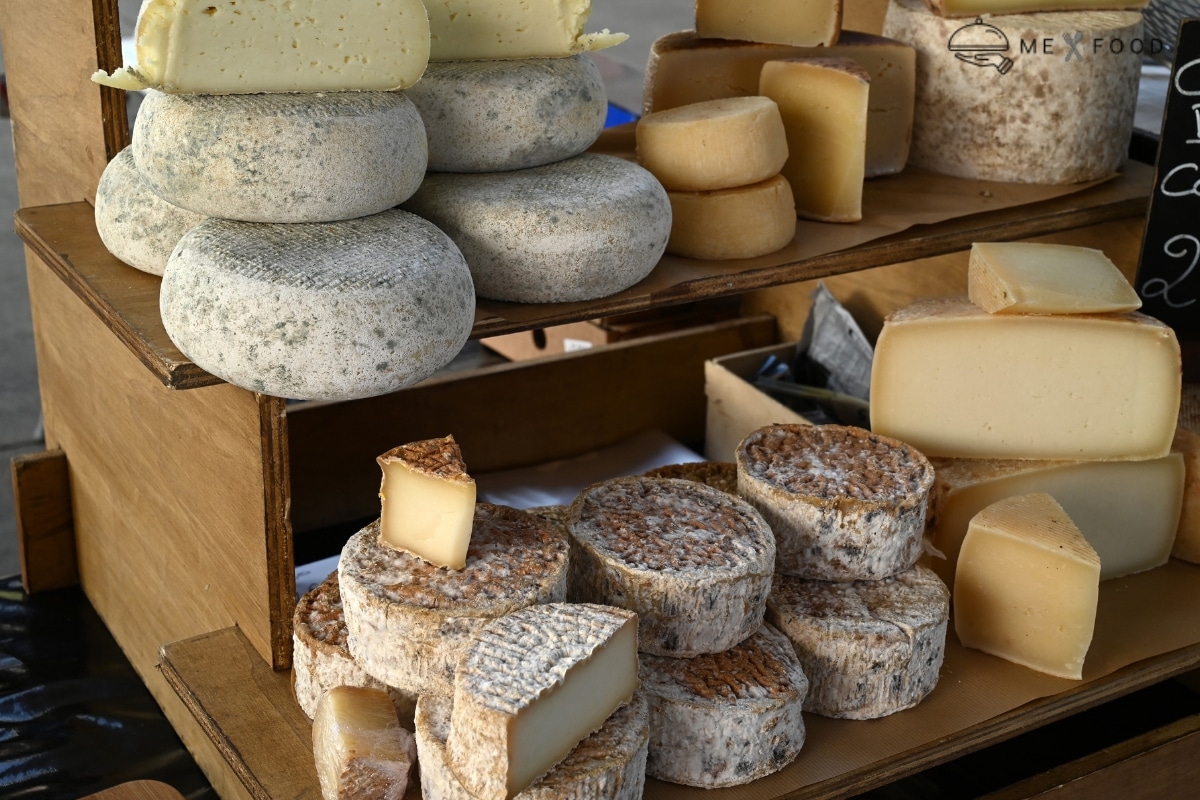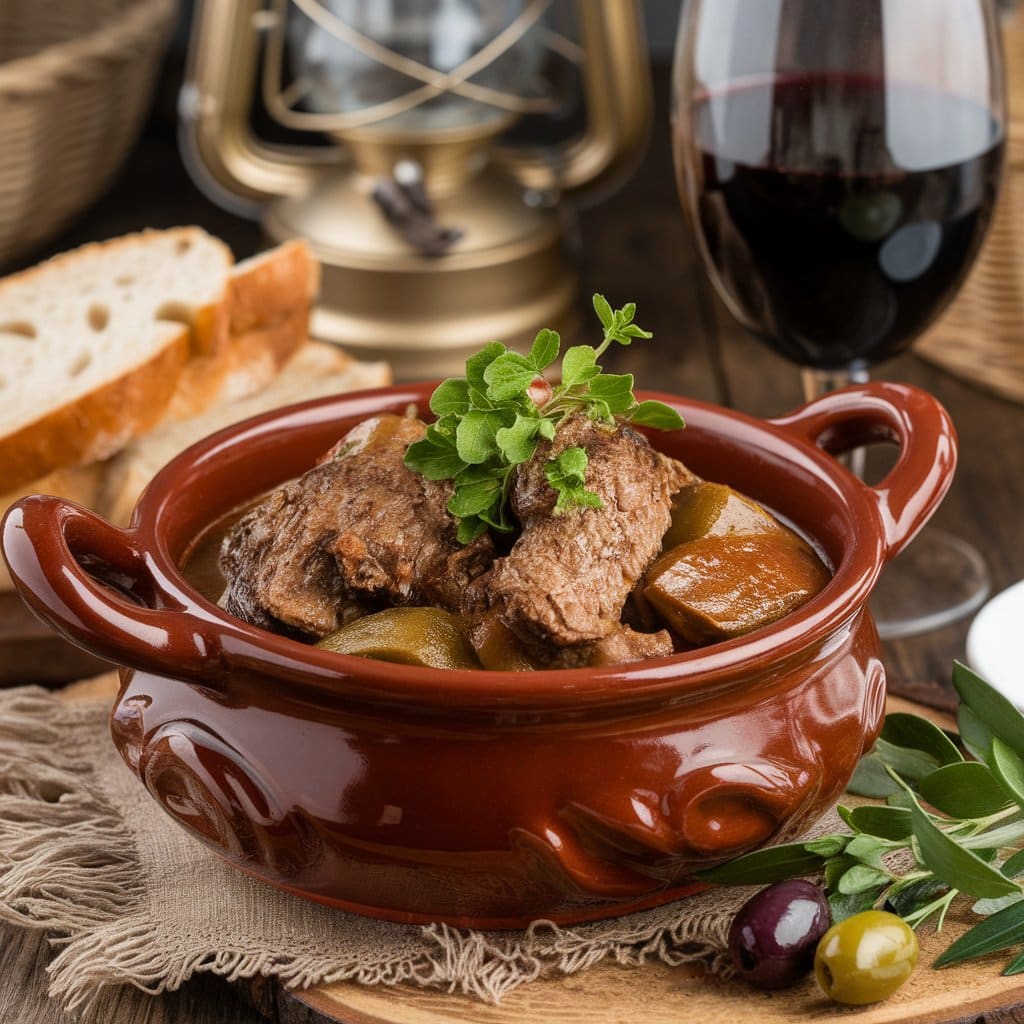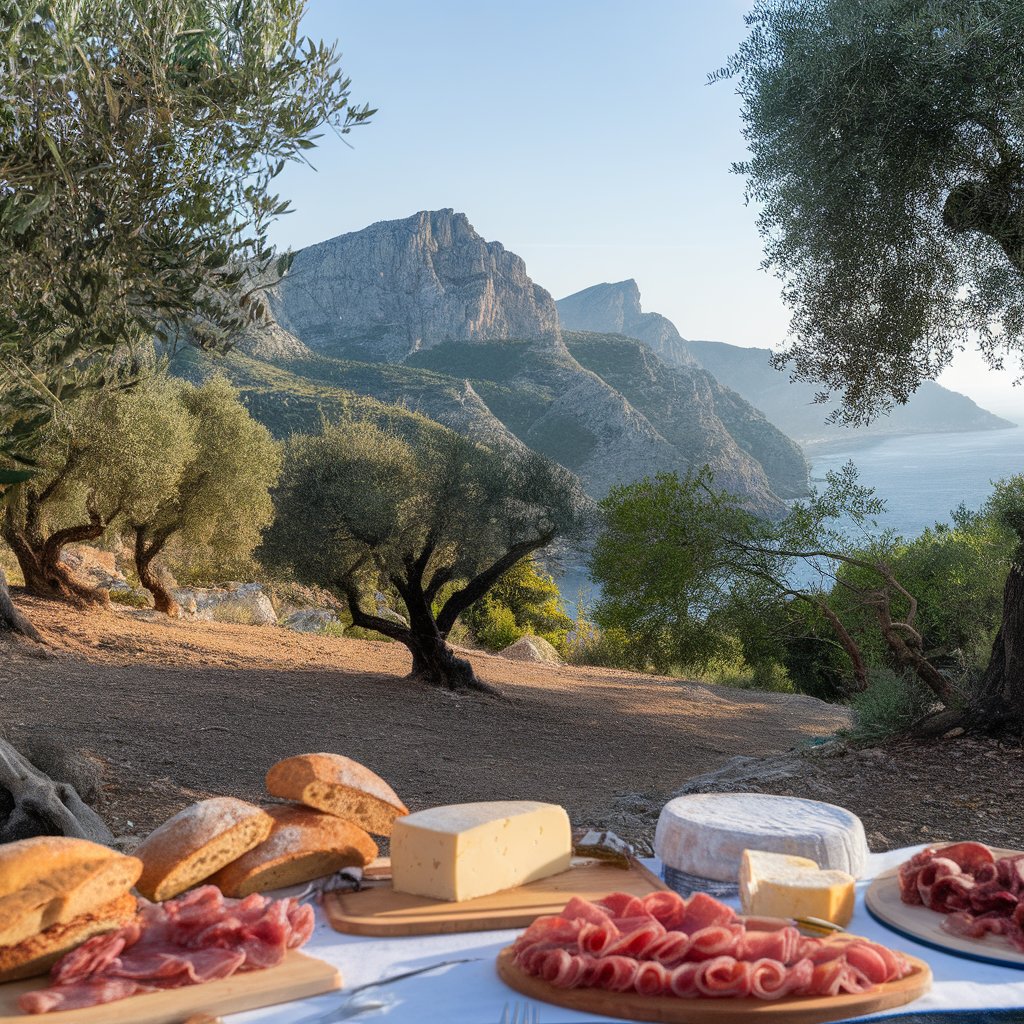Authentic Corsican Food: A Taste of Paradise
Take a culinary trip to the beautiful island of Corsica, where the Mediterranean diet blends with the rich sea and steep mountains. In this place, food is more than just something to eat—it’s a tale shared through traditional Corsican recipes handed down over the years. The true tastes of Corsican food come from the harmony of local ingredients.
From olive-filled hillside groves to clear waters full of fresh fish, discovering traditional Corsican food is a delightful experience for your senses. Every dish shows the deep culinary traditions and the islanders’ affection for their homeland.
The Rich History of Corsican Cuisine
Corsican cuisine is a lovely blend of different cultures and the richness of its land, shaped over many centuries. The island’s landscape, with its rough mountains and beautiful coastlines, has significantly influenced the local food culture.
The Impact of Geography
The geography of Corsica plays an important part in its culinary traditions. Chestnut trees are found everywhere, especially in the mountains, which has made chestnut flour a popular ingredient in local recipes. This natural ingredient is used in breads, cakes, and even stews. The coastal features bring an extra touch, leading to seafood recipes that are varied and flavorful.
Corsican cooking is a blend of flavors from the mountains and the sea. This geographical contrast creates a special way of cooking that reflects a land in balance with what it has.
Historical Influences
Corsican cuisine offers a rich variety of traditional cooking methods and tastes. Early Greek settlers, Romans, and the Genoese all contributed to the culinary landscape. Olives, garlic, and wild herbs from the Mediterranean blend perfectly with the local produce of Corsica. The influence of the Genoese is evident in some pasta dishes and pastries that show their presence on the island.
The history of the island is varied and interesting. Hearty meals made for shepherds changed over time into more refined dishes. Corsican recipes today blend influences from Italy and France, showcasing a rich and varied culinary tradition.

Traditions in Corsican Cooking
Corsican cooking has a special charm. It comes from history and authenticity, inspired by the island’s rich rural heritage. Every year, the fig tree is important, providing shade for families as they come together to bake and cook using traditional methods.
Chestnut Flour in Traditional Baking
Chestnut flour is an important ingredient in Corsican cuisine. It’s a key ingredient in traditional baking, used to make tasty bread, cakes, beignets and even pancakes.
For many years, families have loved the unique smell and flavor it brings, capturing the simple beauty of life in Corsica.
Long Cooking Times for Robust Flavors
Any talk about Corsican cuisine must include the islanders’ passion for slow cooking. Slow-cooked meals bring out rich, natural flavors that reflect the essence of rural life. The commitment to patience in cooking reflects the cherished rural heritage of the Corsican people.
Signature Dishes of Corsica
The essence of Corsica shines through its rich and unique dishes. Every bite shares a tale of tradition and a passion for local ingredients. I want to share two well-known examples with you.
Civet de Sanglier (Wild Boar Stew)
The civet de sanglier is a notable dish in Corsican cuisine. Picture a wild boar stew cooking slowly for hours, blending flavors that capture the island’s natural beauty. This hearty dish, full of deep flavors, brings to mind nighttime hunts and the custom of honoring local game.
It’s easy to see why both locals and visitors enjoy this authentic local dish so much.

Veau aux Olives (Veal with Olives)
A delightful dish in Corsican cuisine is veau aux olives. This dish has tender veal combined with the tangy taste of local olives, resulting in a wonderful mix of flavors. The veal takes in the salty flavor of olives, highlighting the simple beauty of Corsica’s countryside dishes.
Every bite of veau aux olives showcases the island’s commitment to genuine local cuisine, proudly served in homes and local restaurants.
Corsican Delicacies: Brocciu Cheese and Cured Meats
Brocciu cheese holds a special place in the hearts of the locals when it comes to traditional Corsican cuisine. This soft, whey-based treat is wonderfully versatile. It features in both sweet and savory dishes, highlighting the delicious essence of Corsican cooking.
I have grown to appreciate how Brocciu cheese can change a dish, uniting simple ingredients with its creamy texture and gentle flavor.
Brocciu: The Versatile Cheese
Brocciu cheese is an essential part of traditional Corsican cooking. From fluffy omelets to tasty desserts, it’s the hidden gem behind many local favorites. I recall my first taste of Fiadone, a lovely cake made with Brocciu.
The cheese brought a creamy and tangy flavor to the sweetness, making every bite unforgettable. It truly shows the rich flavors of Corsican food.
Exploring Cured Meats
Now, let’s explore Corsican cured meats, a delicious part of the island’s cuisine, flavored with its wild herbs and maquis. These cured meats represent more than just food; they embody Corsican heritage.
I love how each slice is full of rich flavors, thanks to the careful curing process that takes time. Ventru, Prisuttu, and Figatellu are my top choices, each adding its own special touch to our meals.
Corsican Cuisine: A Tribute to Fresh Ingredients
The food of Corsica beautifully showcases the island’s abundance of fresh ingredients. The viFresh Sea Bream and Red Mulletm and red mullet showcase the freshness of the Mediterranean. The fish, commonly found in the clear blue waters, embody the spirit of Corsican cooking.
Local Sea Bream and Red Mullet
Freshly caught sea bream and red mullet are central to Corsican cuisine. These fish are well-known for being tender and having delicate flavors. People in the area love these catches and often enjoy them in straightforward but tasty meals.
The sea bream and red mullet showcase the freshness of the Mediterranean, making them a common choice on many tables. Fresh, juicy fish, whether grilled or baked, provides a memorable dining experience.
Lemon Zest in Cooking
Lemon zest is important for improving Corsican dishes. The lively addition brings a bright boost to the already tasty flavors. Adding a bit of lemon zest to local sea bream or red mullet enhances the flavor, bringing a refreshing touch.
This citrusy element adds flavor and captures the lively spirit of the Mediterranean. Lemon zest in Corsican food brings out the island’s sunny flavor and enhances the freshness of its ingredients.
Corsican wines and spirits
Corsican cuisine is not complete without its wonderful wines and spirits. They capture the island’s special qualities, making each sip a memorable experience.
Chestnut Trees and Their Importance in Wine Production
Chestnut trees play a key role in Corsican wine production, adding their distinct influence. Their wood is used to age some wines, giving them a unique flavor. This natural element links each glass to the island’s vibrant ecosystem.
Well-known Corsican wines and spirits
It’s impossible to talk about Corsican wine without bringing up the famous red wine from Cap Corse. These strong wines reflect the unique beauty of the island’s varied scenery. The fragrant eau de vie adds a lively touch to any Corsican meal, rounding out the taste experience.
In conclusion
As we reach the conclusion of this culinary journey, it’s evident that Corsican food is more than just a variety of dishes. It’s a journey of flavor, a story connected with history, tradition, and passion.
By sharing these flavors, we can enjoy the ingredients, recipes, and the stories of the Corsican people. Corsican cuisine celebrates culinary appreciation with its long cooking times that develop rich flavors and the fresh, local ingredients that shape each dish.
Real Corsican food takes us on a journey, encouraging us to explore and enjoy every flavor. This journey touches the heart and creates a strong bond with the island’s spirit and food traditions.
Frequently Asked Questions
What is special about Corsican cuisine?
Corsican cuisine is unique because it combines flavors from the mountains and the coast. It features ingredients such as chestnut flour, Brocciu cheese, and fresh seafood. The dishes often show the island’s rich history and diverse geography.
What are some traditional ingredients from Corsica?
Corsican cuisine features ingredients like chestnut flour, olives, wild boar, veal, Brocciu cheese, and various fresh seafood, including sea bream and red mullet. Lemon zest is often used to bring a fresh, tangy flavor to dishes.
What is the use of chestnut flour in Corsican cooking?
Chestnut flour is an essential ingredient in Corsican cooking, often found in bread, cakes, and beignets. It adds a special, nutty taste to classic baking and showcases the island’s countryside traditions.
What are some dishes from Corsica that you have to try?
Some Corsican dishes you should try are Civet de Sanglier (Wild Boar Stew), Veau aux Olives (Veal with Olives), and seafood dishes that include local sea bream and red mullet. Every dish provides a flavor of the island’s true character and rich food traditions.
What is the role of Brocciu cheese in Corsican cuisine?
Brocciu cheese is a flexible ingredient in Corsican cooking, found in both sweet and savory meals. Its smooth texture and gentle taste make it a favorite, often enjoyed with cured meats or used in pastries and desserts.
What makes Corsican cured meats special?
Corsican cured meats are known for their rich flavors and are usually seasoned with herbs from the island’s maquis. This traditional curing method adds a rich flavor that showcases Corsica’s culinary heritage.
What fresh ingredients stand out in Corsican cuisine?
Local sea bream, red mullet, and lemon zest are key ingredients in Corsican dishes. The ingredients reflect the island’s fresh Mediterranean flavors and are essential to its lively food culture.
What role do chestnut trees play in the production of wine in Corsica?
Chestnut trees in Corsica are important for wine production because their wood is used to age some wines, giving them special flavors. This gives a local flavor to the island’s famous wines, making them even more special.
What are some well-known wines and spirits from Corsica?
Well-known Corsican wines come from Cap Corse, famous for its strong red wines. Eau de vie is a popular local spirit with a lovely aroma. The island’s varied landscape and strong agricultural traditions are evident in both.
